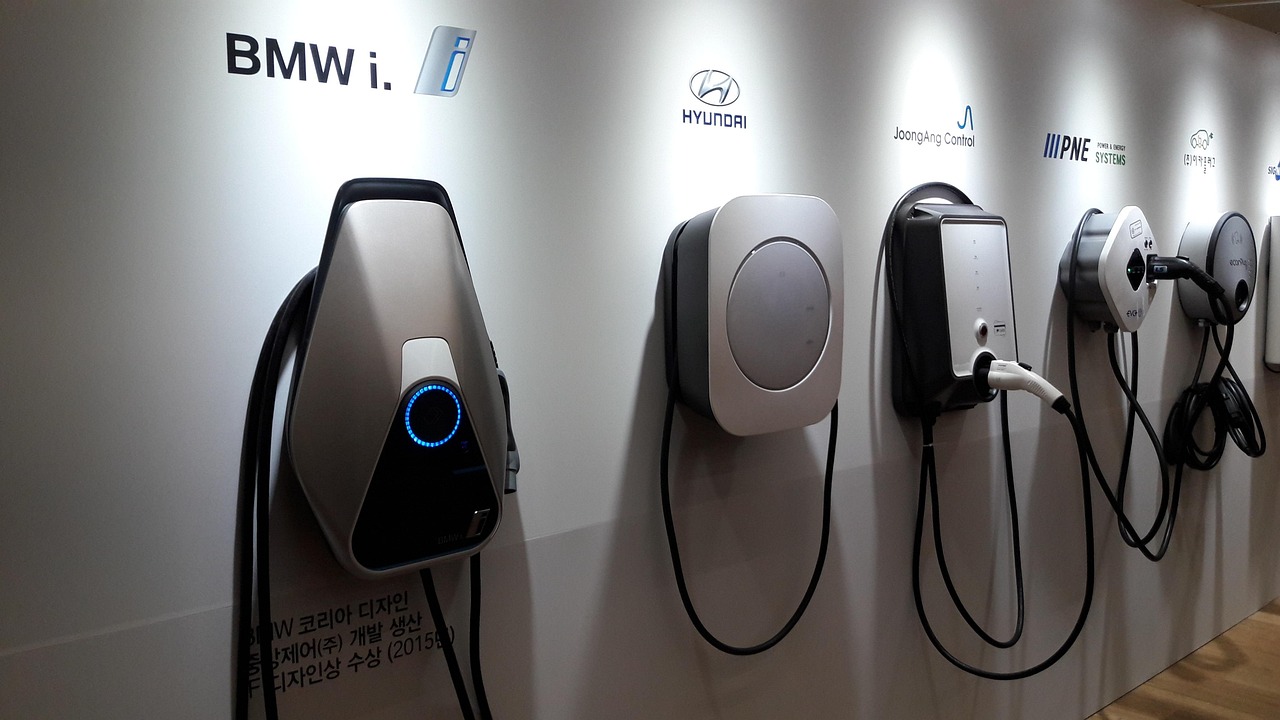Shortages Threaten Electric Vehicle Production Goals by 2030
India’s ambitious electric vehicle (EV) production targets are at risk as automakers like Tata Motors and Mahindra face a looming shortage of rare earth magnets, critical components for EV motors. On June 20, 2025, reports highlighted that Indian firms, reliant on Chinese suppliers for these magnets, are awaiting Commerce Ministry approval to secure visas for supplier meetings. With stocks potentially depleting by next month, this EV supply chain crisis could disrupt India’s goal of 30% EV penetration by 2030, signaling a pivotal challenge for the automotive sector.
The EV supply chain crisis stems from India’s heavy dependence on imported rare earth magnets, primarily from China, which dominate EV motor production due to their efficiency and compact size. Tata Motors, a leader in India’s EV market with models like the Nexon EV, and Mahindra, with its upcoming XUV.e8, have been proactive in seeking local alternatives but face delays in regulatory approvals. This bottleneck not only threatens production schedules but also raises costs, as global demand for rare earths drives prices higher. Industry experts estimate that a prolonged shortage could delay new EV launches by six to twelve months, impacting market growth and consumer access to affordable electric vehicles.
The crisis has broader implications for India’s automotive landscape. Government policies, such as the Production Linked Incentive (PLI) scheme, aim to boost local manufacturing, but the lack of domestic rare earth processing capabilities remains a hurdle. This EV supply chain crisis could slow the momentum of India’s EV adoption, which saw a 5.2% production increase in May 2025, driven by utility vehicles and two-wheelers. Consumer trends toward sustainable mobility may also stall if automakers cannot deliver cost-competitive EVs, potentially pushing buyers toward traditional internal combustion engine vehicles.
To address the EV supply chain crisis, automakers are exploring partnerships with global suppliers outside China and investing in recycling technologies to recover rare earths from used batteries. However, these solutions require time and significant capital, challenging smaller players in the market. The government’s response, including potential fast-tracking of import approvals or incentives for local magnet production, will be critical to mitigating long-term impacts.
This supply chain issue underscores the fragility of global dependencies in the EV era. As India strives to become a hub for green mobility, resolving this crisis will shape its ability to compete globally, support economic growth, and meet environmental commitments, making it a defining moment for the industry.






